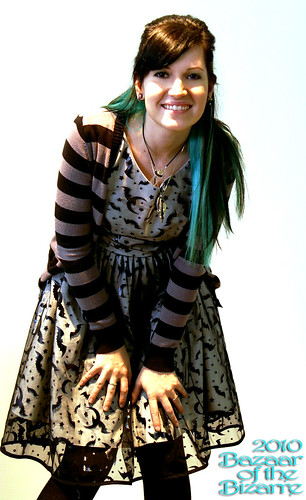Let me explain...
Ingredients can't be just thrown on to a label any old way. There are regulations that have to be followed including the name of the ingredient. In Canada, all labeling must follow the International Nomenclature of Cosmetic Ingredients (INCI) - a system of names for waxes, oils, pigments, chemicals, and other ingredients in bath & body products, based on scientific names and other Latin and English words.
Some of the INCI names are fairly similar to the common name such as purified water. Under the INCI it's called "water (aqua)". This one isn't trying to trick anyone. It's self explanatory and is the same as the common name.
But many others end up looking like those "sketchy unpronounceable" ingredients or "scary never heard of them" ingredients, when, in reality they are very common ingredients that almost everyone would recognize under their common name. For example Vitamin E's INCI name is "Tocopherol Acetate". Unless you had a background that educated you in latin, or science, or INCI names, you probably wouldn't be able to guess that Tocopherol Acetate is Vitamin E.... had you not read this blog post, Tocopherol Acetate might have had you thinking it was something scary that should be avoided. Aren't you glad you know better now so you wont get caught down the road trying to explain to your children why you wouldn't let them use Vitamin E (assuming they aren't allergic to it). ;)
Not to mention if you follow the logic that if you can't pronounce an ingredient it must NOT be safe leads to the logic that if you CAN pronounce it, it must BE safe. Can you pronounce "hydrogen cyanide"? ... ya, I thought so ;) .. So don't be duped into thinking that quick little "tricks" like how easily an ingredient is pronounced leads to it's safety level (which obviously is just ridiculous).
This is just the tip of the iceberg for label reading, but knowing about the INCI system is a key to understanding that just because an ingredient isn't recognizable at first glance, doesn't mean it's something "bad" or "scary".
FYI: True soaps will have either sodium hydroxide or sodium palmate listed on the label. These are key base ingredients used in true soap making. Something that may throw you off when looking at commercial soaps labels (i.e. not handmade soap), is that the sodium hydroxide or sodium palmate may be is missing from the label. But how can that be if you need sodium hydroxide or sodium palmate to make soap? Well, many (if not all) commercially made soaps are really solid detergents. Read the labels carefully and you’ll see that they are called “body bars” or “beauty bars” since they can’t call themselves “soap” because they aren’t made with oils and lye (i.e. sodium hydroxide or sodium palmate) as "true soaps" are.



















Very informative! Thank You... so soap at the stores may not really be soap. ;p
ReplyDelete